This recipe has such an interesting story, I just had to post it. Have leftover chicken? This makes a nice (and different) way to serve it, and get in a bunch of veggies.
Having mentioned before that I’m in P.E.O., a women’s organization, I’ve probably also mentioned that our chapter does very fun small-group fund-raising events. We, as an organization, help an all-women’s college in Missouri (Cottey College). We support a variety of other charitable causes as well, but each year every P.E.O. chapter is asked to donate money to the school. Our chapter’s method is to have small gatherings of our members (everything from a tour of some museum, or historic home, to lunch in someone’s home, or a game with lunch, or a wine-tasting, for example) and our members bid 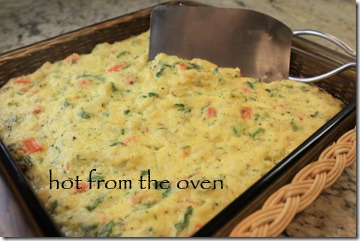 on attending. The money raised goes to Cottey College (we generally raise about $2000 a year for that). So, all that said, one of my other P.E.O. members (sisters, we call one another) had an event at her house – a lunch and a talk about George Washington (we love it when our events are educational). These gatherings are some of the most fun things we do, IMHO.
on attending. The money raised goes to Cottey College (we generally raise about $2000 a year for that). So, all that said, one of my other P.E.O. members (sisters, we call one another) had an event at her house – a lunch and a talk about George Washington (we love it when our events are educational). These gatherings are some of the most fun things we do, IMHO.
Chris searched for some recipes online that would have been in George Washington’s time. She came across this chicken pudding recipe from Colonial Williamsburg, Virginia. She made the dish according to the online recipe, and served it with a light chicken gravy (not in the original recipe, but she thought it needed something on it). When I quizzed her about the dish, she thought maybe next time she’d spice it up a little more (cooks back in those days didn’t have many herbs and spices – they were quite dear), and she thought some veggies added into it would be a good enhancement.
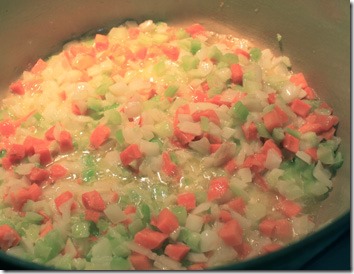 The recipe just sounded so different – a chicken pudding? Really? If you do a search online you’ll find many, all somewhat similar. I thought veggies in it sounded good too. I added in some onion, celery and carrots, thickened it, then made a chicken gravy as well. BUT, I thought the dish needed something more colorful on top (the carrots in the pudding weren’t all that visible), so at the very last minute, I added in some frozen green peas to the gravy. Voilà.
The recipe just sounded so different – a chicken pudding? Really? If you do a search online you’ll find many, all somewhat similar. I thought veggies in it sounded good too. I added in some onion, celery and carrots, thickened it, then made a chicken gravy as well. BUT, I thought the dish needed something more colorful on top (the carrots in the pudding weren’t all that visible), so at the very last minute, I added in some frozen green peas to the gravy. Voilà.
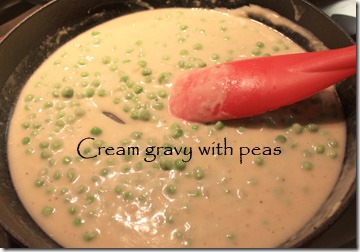 The night of the Oscars, I invited 2 friends over. With my remote control in hand (we muted nearly all the acceptance speeches because we didn’t want to hear political vitriol – thankfully there wasn’t much of that this year). Anyway, I set up TV trays, served this with a salad provided by Judy, and later dessert provided by Nancy. We had a fun evening.
The night of the Oscars, I invited 2 friends over. With my remote control in hand (we muted nearly all the acceptance speeches because we didn’t want to hear political vitriol – thankfully there wasn’t much of that this year). Anyway, I set up TV trays, served this with a salad provided by Judy, and later dessert provided by Nancy. We had a fun evening.
What’s GOOD: this is a different way to use up cooked chicken – it helps a small amount go a long way. Even though I used some spices, I think it could be spiced up even more. Thyme and parsley were about it. The gravy is simple enough to do – just be sure to add the peas during the last minute of cooking so they stay bright green. This dish isn’t going to bring “wows” to the dinner table talk – it’s a simple dish. Nice enough, though.
What’s NOT: There are several steps to making this, but none is hard, just time consuming. It probably took about 30-40 minutes to do all the prep and cooking of both parts, pudding and gravy, then about 50 minutes for the pudding to bake. I did most of it ahead of time, left them on the stove and reheated them every half an hour to keep bacteria at bay. Next time I’d make the pudding just before baking it, and make the gravy while the pudding was cooking.
printer-friendly PDF and MasterCook 15/16 file (click link to open recipe)
* Exported from MasterCook *
Chicken Pudding with Pea Gravy
Recipe By: Adapted significantly from a Colonial Williamsburg recipe, c. 1827
Serving Size: 9
PUDDING:
1/2 cup unsalted butter
1/2 cup yellow onion — finely minced
1/3 cup celery — finely chopped
1/2 cup carrots — finely diced
5 tablespoons all purpose flour
4 large eggs
2 cups half and half
2 1/2 cups cooked chicken — cut in 1/2″ cubes
1 1/2 teaspoons freshly ground black pepper
1 1/2 teaspoons dried thyme — crushed between your palms
2 tablespoons fresh parsley — chopped
GRAVY:
2 tablespoons unsalted butter
2 tablespoons all purpose flour
11 ounces low sodium chicken broth
1/2 cup milk
2 teaspoons dried onion — (minced type)
1/8 teaspoon freshly ground black pepper
1 cup frozen peas
1. Preheat oven to 350°F.
2. Melt butter, then add the onion, celery and carrots. Cook for about 10-15 minutes until the vegetable are soft. Add flour and cook a few minutes over low heat.
3. In a medium bowl beat eggs well, then add half and half and mix well. Add to the pan along with the seasonings. SLOWLY bring this mixture to a simmer and cook briefly until mixture thickens. If you cook it too fast, the eggs will start to scramble in the sauce.
4. Spread chicken in a greased 9″ square baking dish (use glass or ceramic), then pour the pudding part on top.
5. Bake 45 to 50 minutes until set. Allow to rest for 10 minutes before serving.
6. GRAVY: Melt butter in a large skillet over medium-high heat. Whisk in flour, and cook, whisking constantly, 1 minute. Whisk in broth and remaining ingredients (except peas). Cook over medium heat, whisking constantly, about 2 minutes, or until mixture thickens.
7. Run cold water over the frozen peas, drain briefly, then add to the gravy and cook for about a minute. Serve pudding on individual plates, and spoon the pea gravy on top. Garnish with additional chopped parsley if desired.
Per Serving: 343 Calories; 24g Fat (61.8% calories from fat); 20g Protein; 13g Carbohydrate; 2g Dietary Fiber; 183mg Cholesterol; 189mg Sodium.





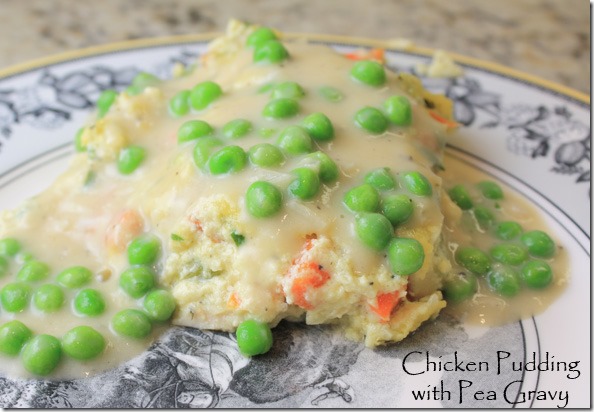

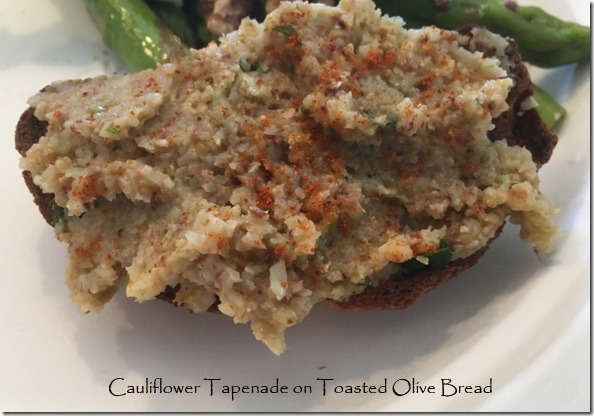
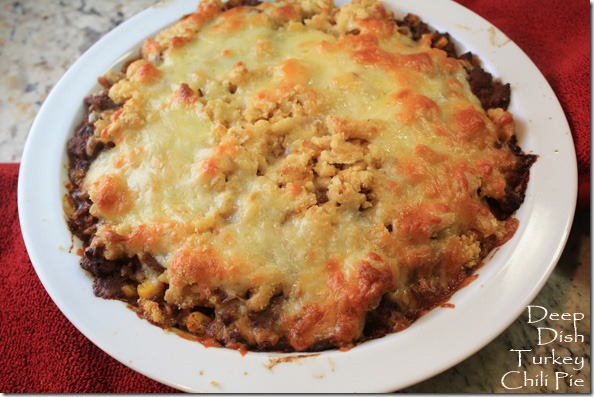
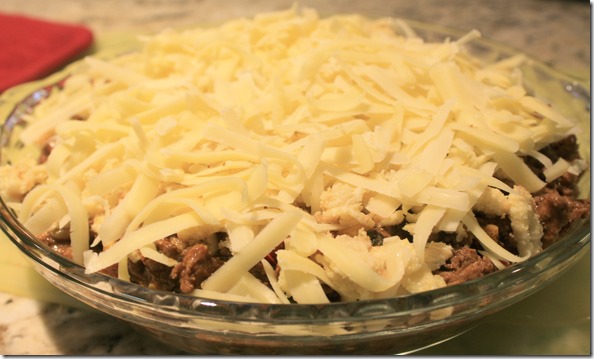
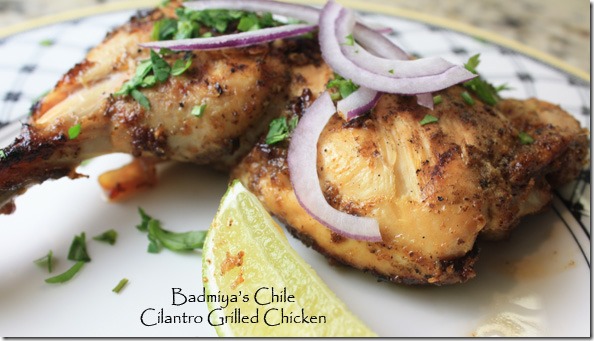
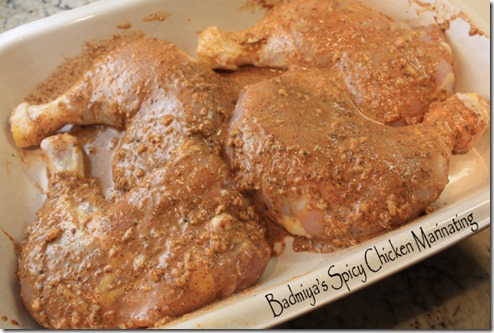
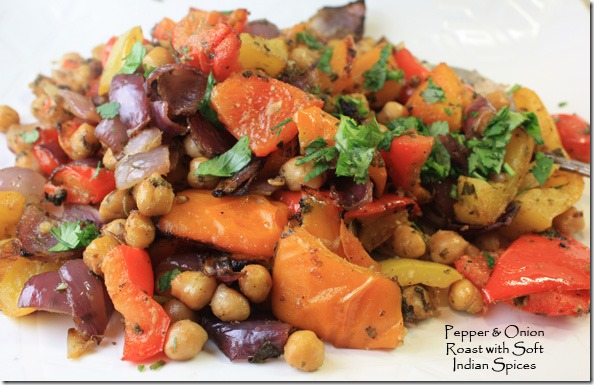
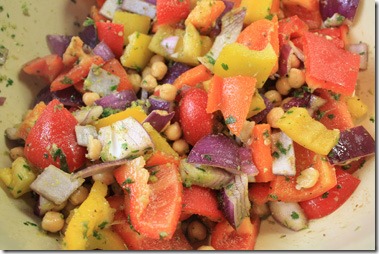
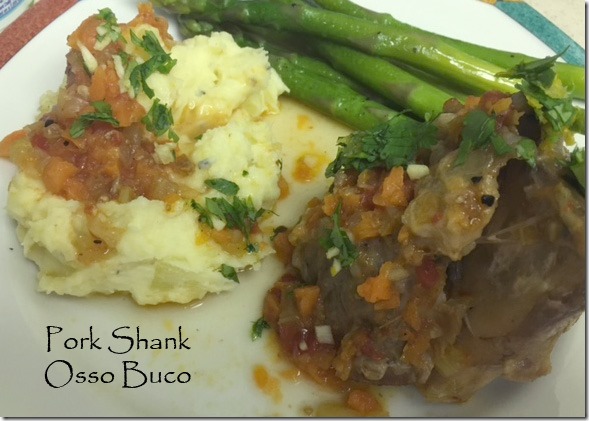
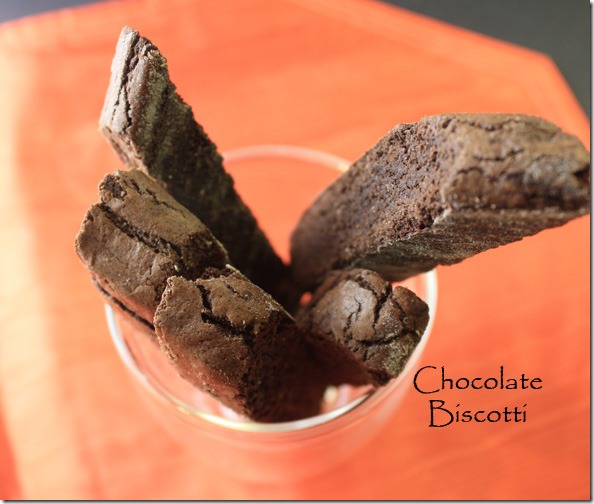
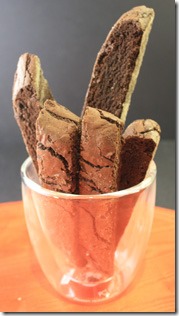
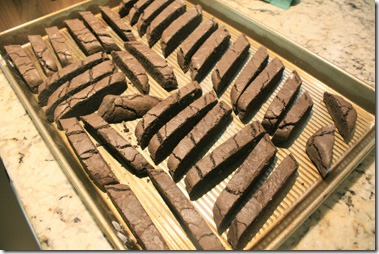
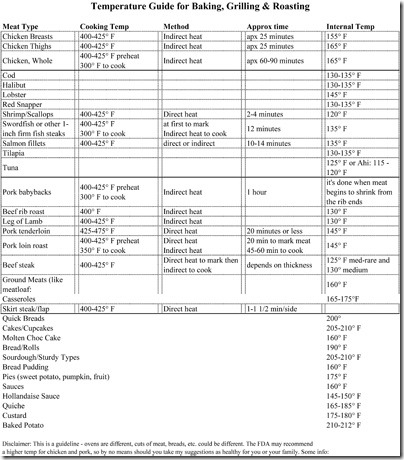

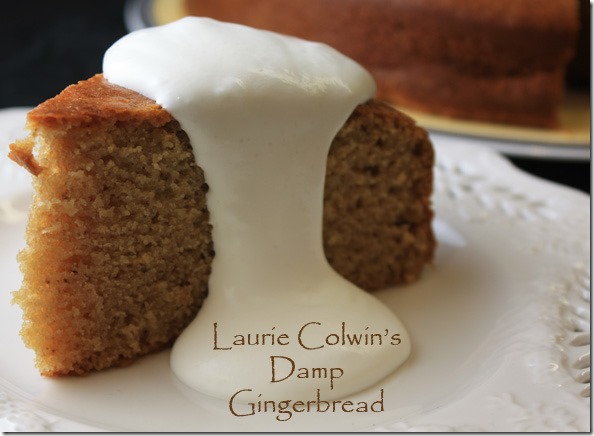
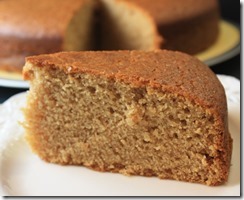

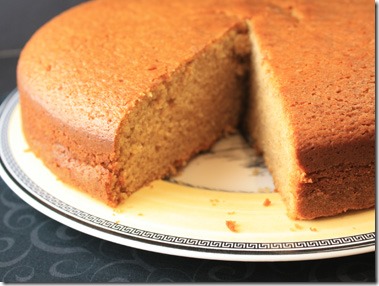
Leave a Comment!